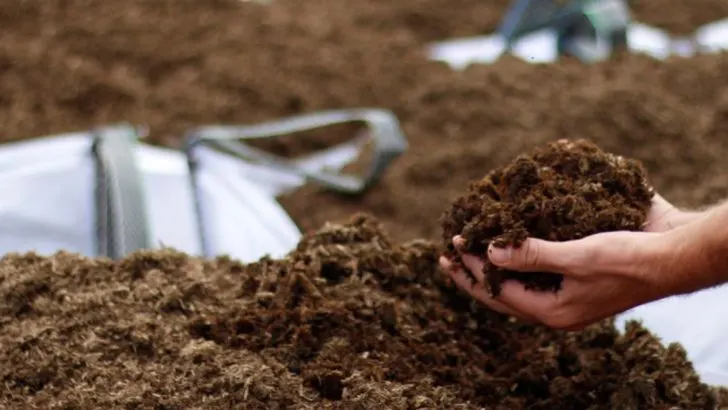As late spring rolls around in Zone 6, it’s time to kick your gardening routine into high gear. The warmer weather signals a fresh growing season, and taking care of specific tasks now will set your garden up for success through the summer months. From planting to pruning, there are a few essential garden chores that can make a big difference in how well your plants perform in the months ahead.
This list of 14 must-do gardening tasks for Zone 6 will help you stay ahead of the game. Whether it’s fertilizing, weeding, or planting the right crops, these steps will ensure your garden stays healthy, productive, and thriving all season long—without the added stress of missed opportunities.
Pruning Spring Bloomers
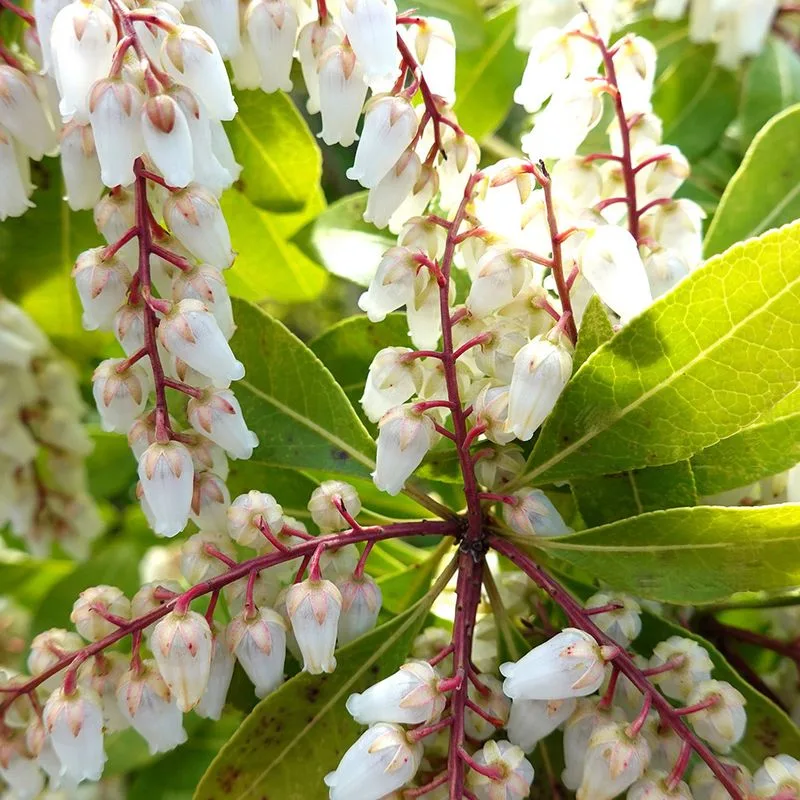
As the vibrant colors of spring bloomers fade, it’s time to give them a supportive trim. Pruning encourages healthy growth and prepares these plants for future flowering. Focus on removing spent blooms and any dead or diseased branches. This process not only tidies up the garden but also allows sunlight and air to reach the inner parts of the plant. A well-pruned shrub is a happy shrub, setting the stage for a robust show next year.
Planting Warm-Season Vegetables
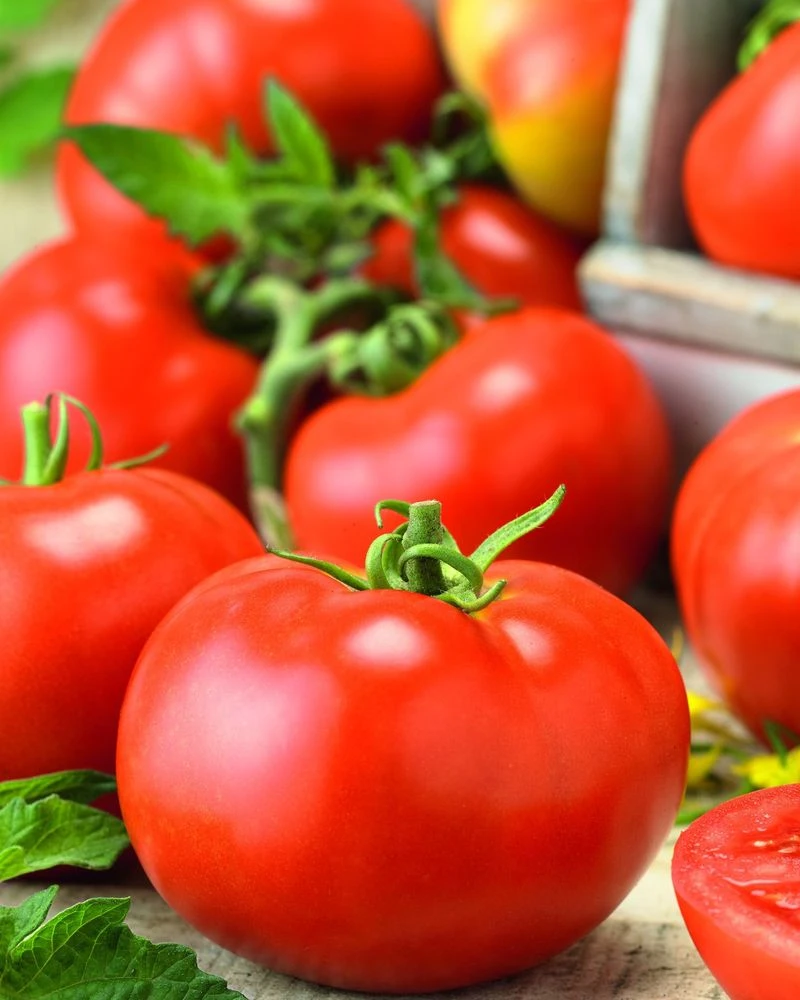
Warm-season vegetables like tomatoes and peppers need their moment in the sun. Late spring is perfect for planting these sun-loving crops. Prepare your beds by turning the soil and adding compost to enrich it. Transplant seedlings to give them a head start, ensuring they have enough space to grow. Keep an eye on the weather and cover plants if there’s a late frost warning. This preparation will yield a bountiful harvest come summer.
Mulching to Retain Moisture
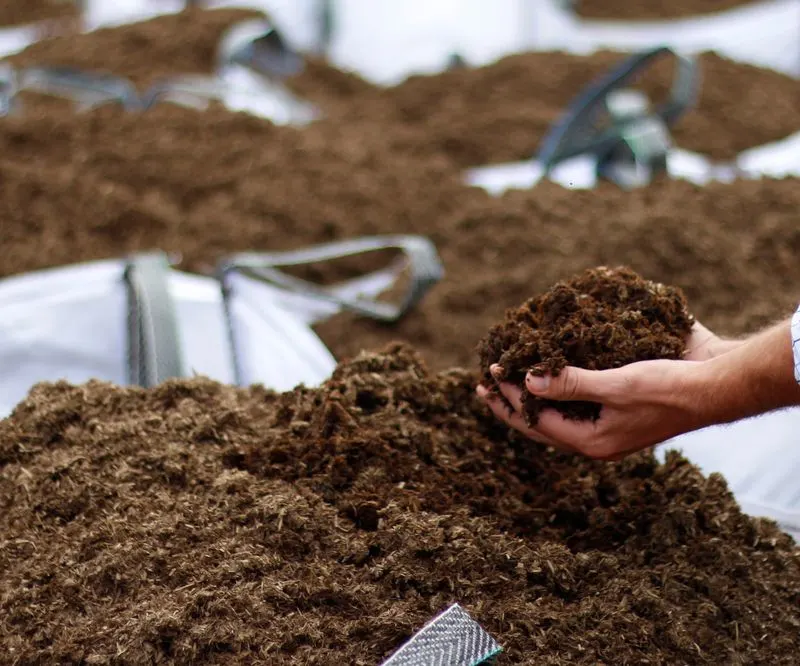
Mulching is more than just aesthetics; it’s a key player in moisture retention. Applying a layer of mulch around your plants helps keep the soil cool and damp, reducing the need for frequent watering. Choose organic mulches like shredded bark or straw to add nutrients as they break down. Not only does it conserve water, but it also suppresses those pesky weeds, giving your garden a polished, cared-for look.
Controlling Weeds Effectively
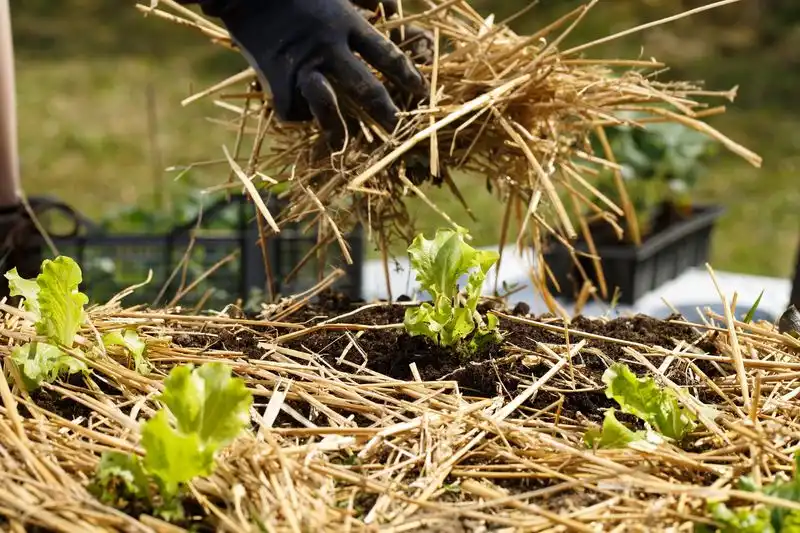
Weeds are the uninvited guests in your garden party, but with persistence, they can be managed. Pull them out by hand or use a hoe to slice them off at the root. The trick is to tackle them early and often before they go to seed. A layer of mulch can also act as a deterrent. Remember, every weed removed now is a hundred less to deal with later.
Installing Supports for Climbing Plants
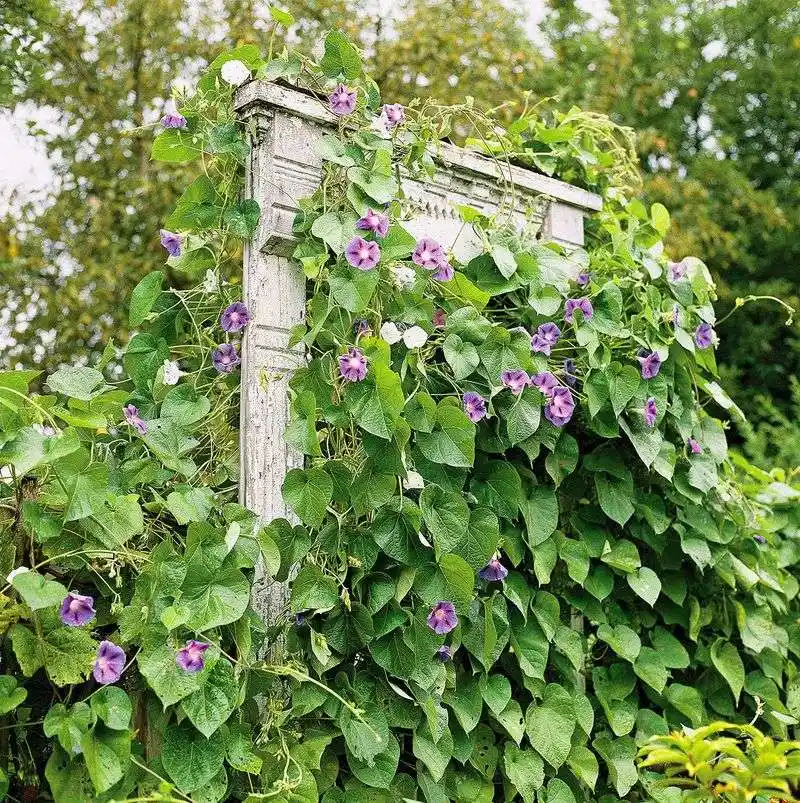
Climbers like peas and beans are eager to reach for the sky, and they need a little support to do so. Install trellises or stakes early to guide their growth. This not only organizes your garden but also maximizes space. As these plants wind their way up, they create a lush, vertical display of greenery that’s both productive and visually pleasing.
Watering Wisely
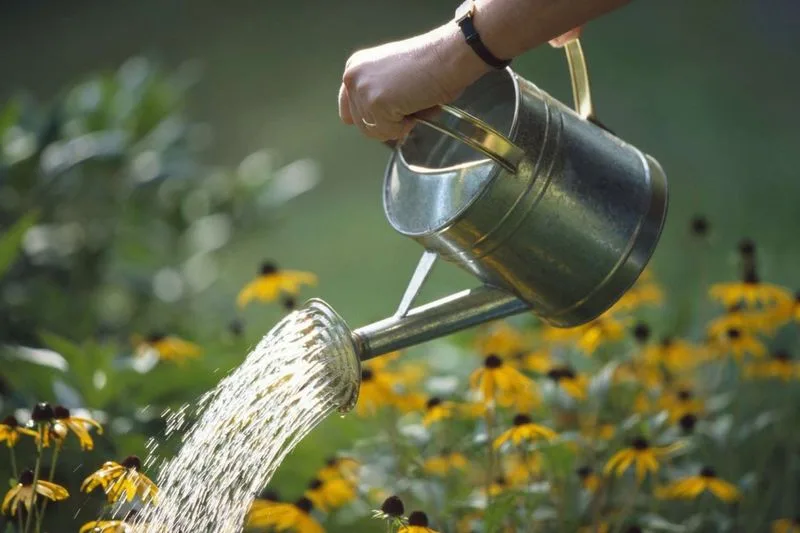
Watering is essential, but it’s all about the right technique. Water deeply and less frequently to encourage roots to grow downward. Early morning is the best time to water, reducing evaporation and giving plants a chance to absorb moisture before the sun is at its peak. This approach conserves water and promotes healthier growth.
Fertilizing Perennial Beds
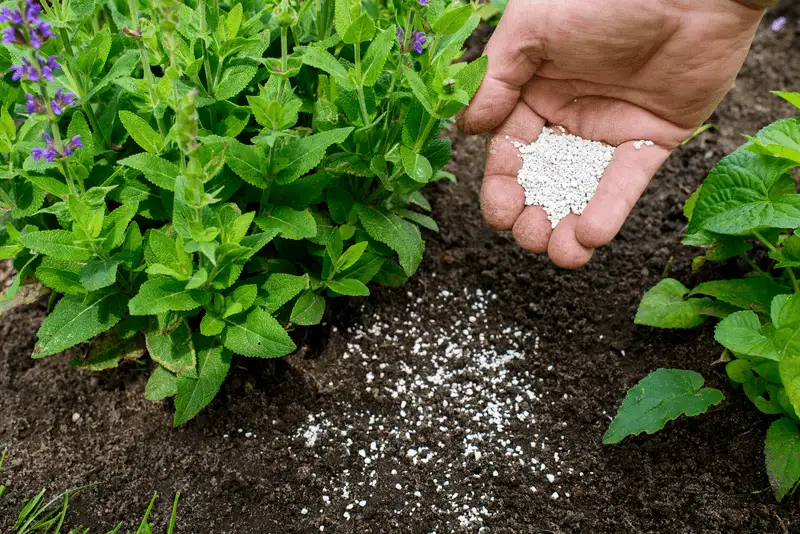
Perennials are the backbone of your garden, and they need a nutritional boost to thrive. Applying fertilizer in late spring gives them the energy they need for strong growth and vibrant blooms. Choose a balanced fertilizer and apply it according to package instructions, taking care not to overdo it. This ensures a flourishing garden that bursts with color.
Thinning Seedlings
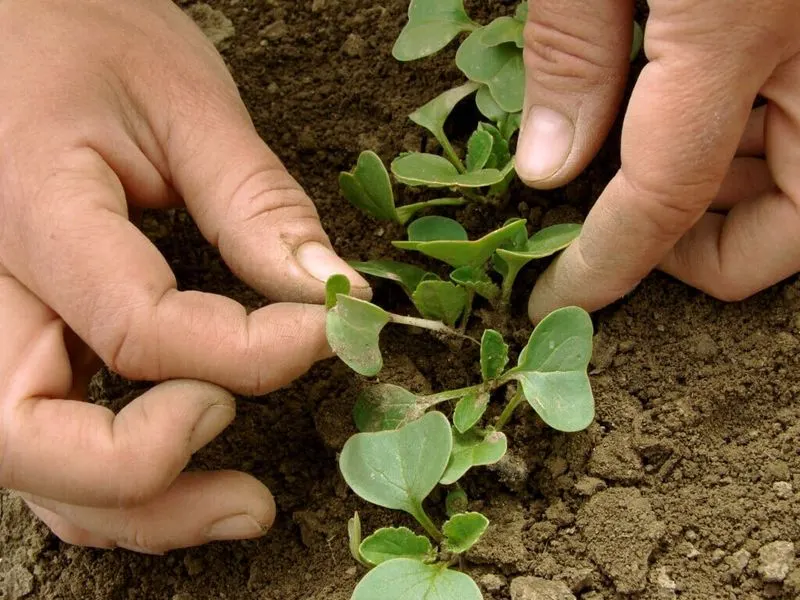
Thinning seedlings may seem wasteful, but it’s crucial for plant health. Crowded seedlings compete for nutrients, water, and light, leading to weak growth. By thinning them out, you give the remaining plants room to grow strong and healthy. It’s a simple task that pays dividends, ensuring a more productive garden in the months to come.
Composting Garden Waste
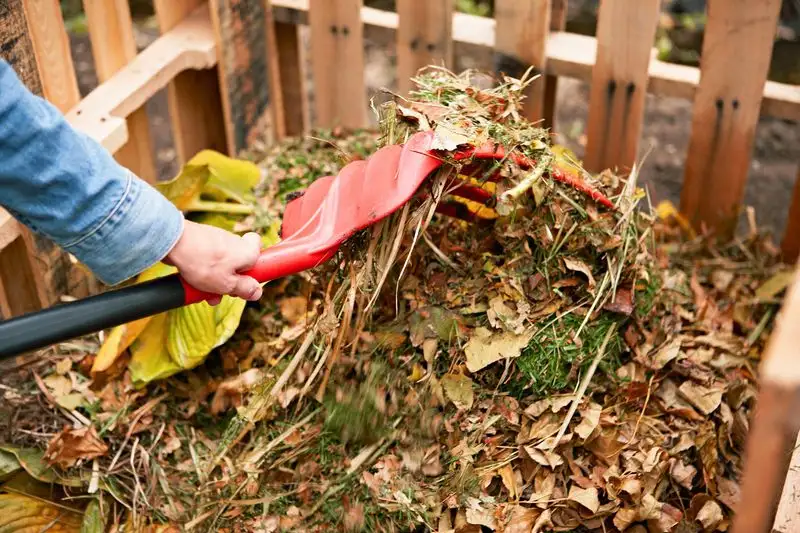
Turning garden waste into compost is nature’s way of recycling. Collect grass clippings, leaves, and kitchen scraps to create a rich, organic mixture that will nourish your garden. Composting not only reduces waste but also enriches the soil, promoting vigorous plant growth. It’s a sustainable practice that benefits both the garden and the environment.
Pest Monitoring and Management
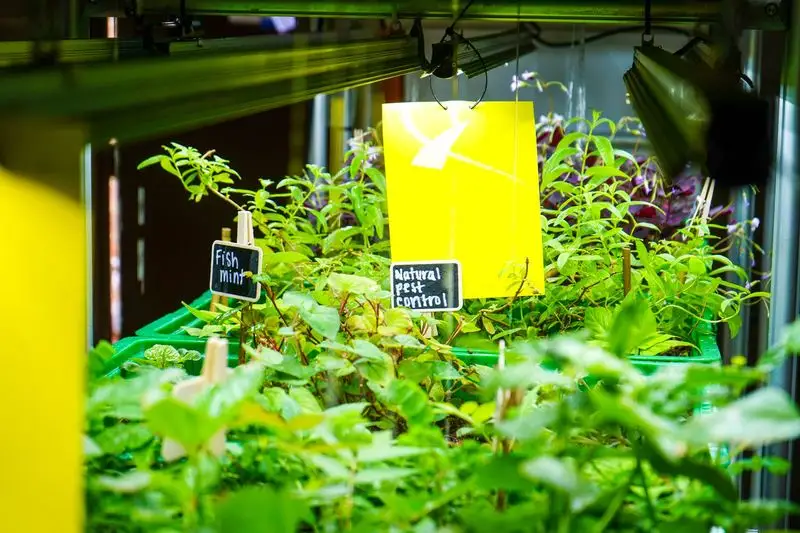
Pests can quickly become a problem if left unchecked. Regularly inspect plants for signs of trouble, such as chewed leaves or discoloration. Early detection allows for gentle intervention, whether by handpicking pests or using natural deterrents like neem oil. Keeping a close eye on your garden helps maintain a healthy, thriving ecosystem.
Revitalizing Lawn Areas
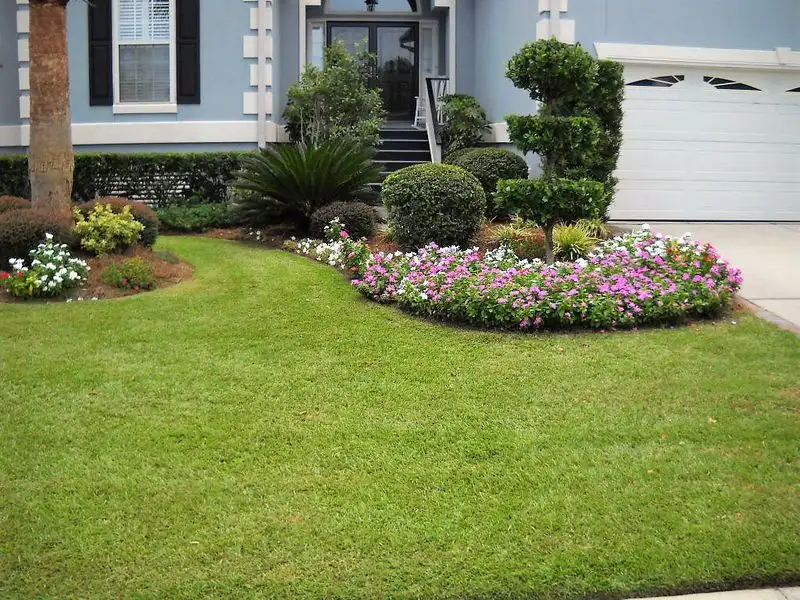
A lush lawn is a garden’s crowning glory, and late spring is the time to give it some attention. Rake away dead grass and debris, and consider aerating to improve soil drainage. Overseeding can fill in bare spots, while a light application of fertilizer supports new growth. This care results in a lawn that’s ready to impress all summer long.
Cleaning and Storing Winter Tools
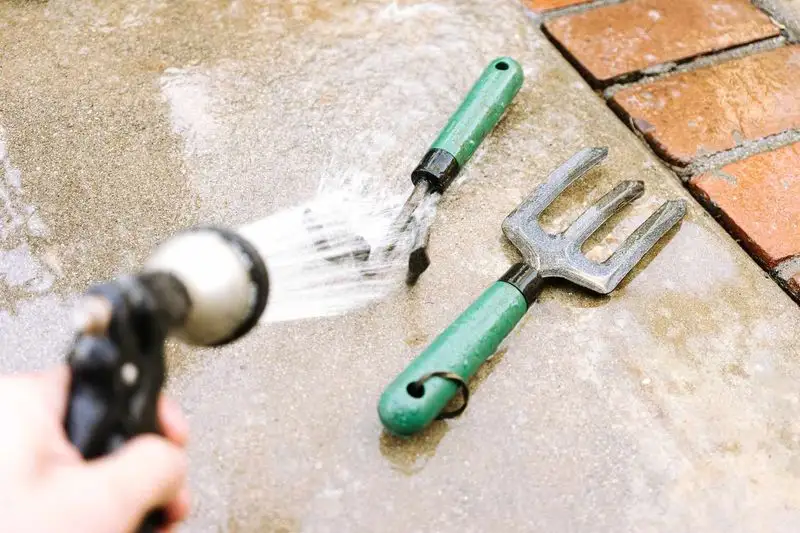
With winter behind us, it’s time to clean and store those tools until they’re needed again. Sharpen blades, oil moving parts, and organize them in a dry space to prevent rust. Proper maintenance extends the life of your tools and ensures they’re ready for the next gardening season. It’s a small task that offers big rewards in terms of efficiency.
Checking Irrigation Systems
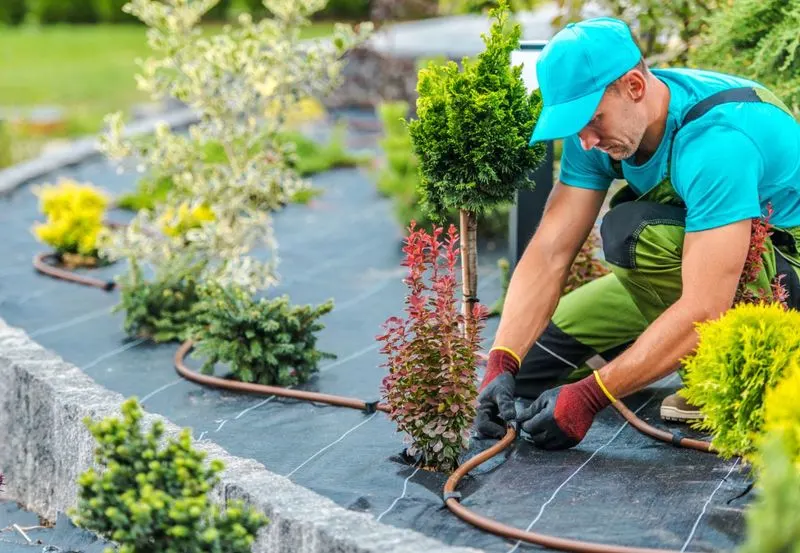
Ensuring your irrigation system is in top shape is vital for efficient watering. Check for leaks, clogs, and any needed adjustments. A well-tuned system saves water and ensures even distribution across your garden. Regular maintenance helps avoid mid-season breakdowns and keeps your plants happy and hydrated without wastage.
Enhancing Garden Paths
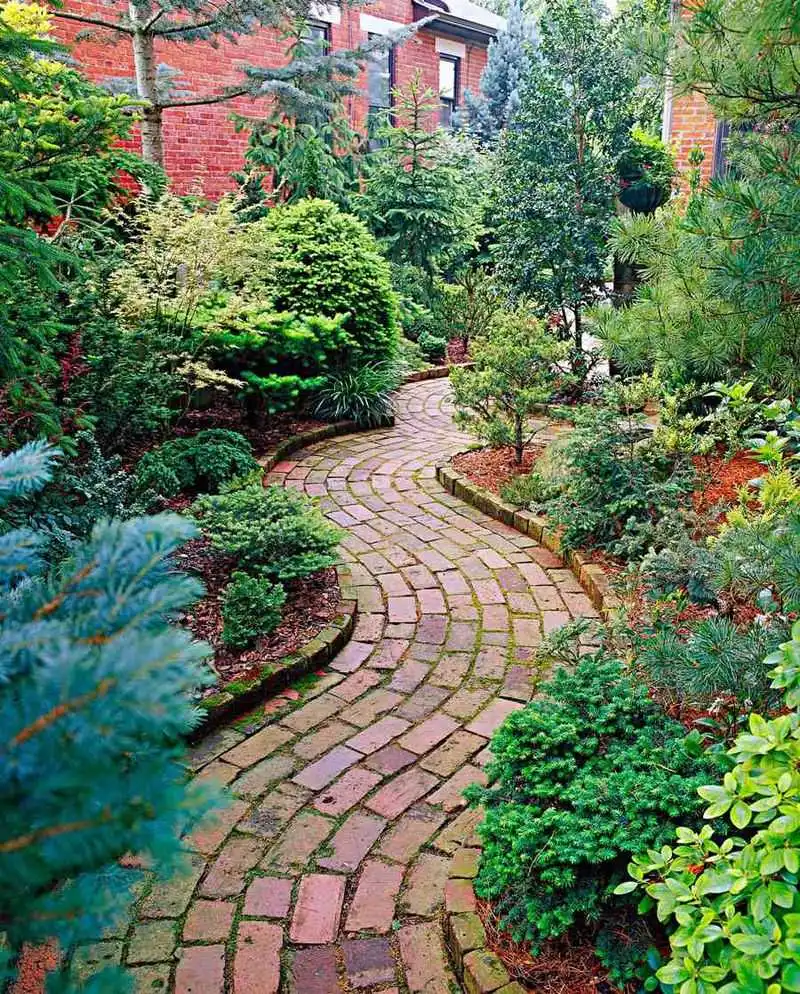
Garden paths not only provide access but also add charm to your outdoor space. Consider refreshing them with new stepping stones or edging to enhance their appearance. A well-maintained path invites you to explore the garden while keeping feet dry and plants safe from trampling. It’s a delightful blend of form and function that enhances your gardening experience.

